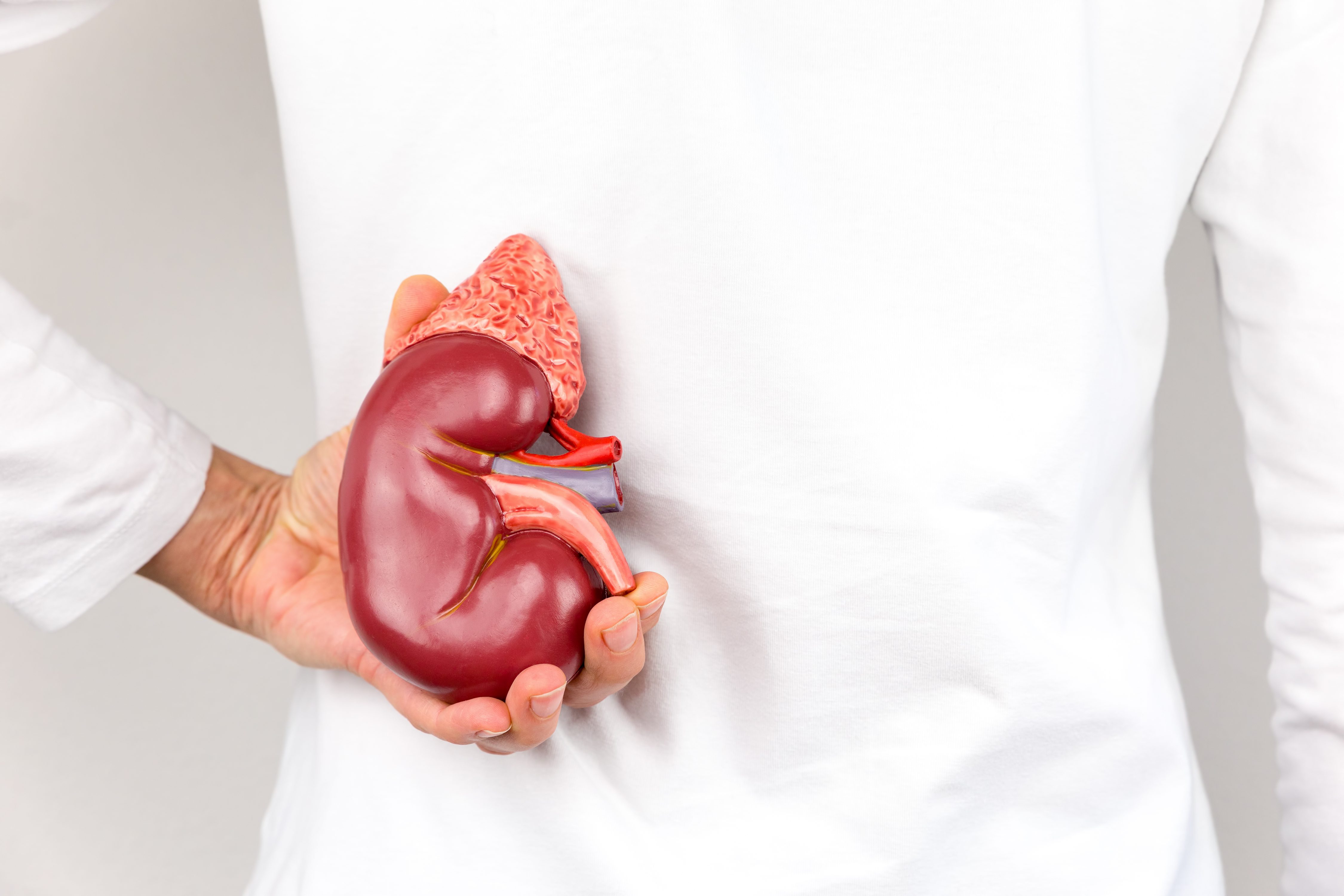Lupus Nephritis Patients Show Impact of Disease in Kidneys Over Time, Study Says

A large number of patients with class II lupus nephritis (LN) show histological transformations years after the diagnosis, a new study reported, adding that proteinuria — or excessive amounts of protein in the urine — can serve as a predictor of patient outcome.
This findings are the result of a multicenter study carried out in Argentina, and published in the Journal of Clinical Rheumatology under the title, “High Rate Of Histological Transformation At Long-Term Follow-Up Associated With Lupus Nephritis Diagnosis.”
LN results from an inflammation of the kidneys caused by systemic lupus erythematosus (SLE). Its general symptoms are divided into six classes, with class I referring to minimal severity and class VI covering more severe symptoms. Patients with LN class II, or mesangial LN, present medium hypercellularity (an abnormal increase in the number of cells) and matrix expansion in the kidneys, and may also have microscopic heamaturia (the presence of blood cells in the urine) with or without proteinuria.
To evaluate response to treatment, histological transformation, and long-term outcomes of LN class II patients, the researchers analyzed laboratory data from kidneys, such as the levels of creatinine, urine sediment and proteinuria, in 41 patients at the time of the first biopsy. The analyses were repeated at six months, and again at one, two and five years later. The team also recorded the treatments that patients were undergoing, which included nonsteroidal anti-inflammatory drugs, angiotensin-converting enzyme inhibitors (ACEIs), angiotensin receptor blockers (ARBs), hydroxychloroquine (HCQ), glucocorticoids, immunosuppressants (ISs), and dialysis.
Results showed that, at the time of the first biopsy, 28 of the 41 patients had proteinuria above 0.5 g per day, 18 had hematuria, and three presented signs of kidney insufficiency. Of the group of 18 patients who underwent a new biopsy after one year, 17 had histological transformation, and 10 were on hydroxychloroquine treatment. All patients who did not have a second biopsy were treated with hydroxychloroquine after the first biopsy, supporting the protective effect of this drug.
Data available on 34 patients one year after the first biopsy also showed that 24 patients had achieved response, and that it was possible to predict a poor prognosis at this time in the follow-up if, at six months, patients showed a higher 24-hour urinary protein. In the long-term follow-up (5 years), histological transformation was the main predictor of unfavorable outcomes, and was present in 11 out of 14 evaluated patients.
Researchers concluded that proteinuria levels at six months can serve as predictor of patient outcome, and help identify those who need a more aggressive treatment. The results also showed that hydroxychloroquine has a protective effect in the kidneys.
“Proteinuria at 6 months made it possible to set aside patients who will have an unfavorable outcome in the long term and who will thus benefit from a more aggressive treatment,” the authors wrote, adding, “[i]t is necessary to carry out prospective studies and with a higher number of patients to strengthen the findings of this study.”






